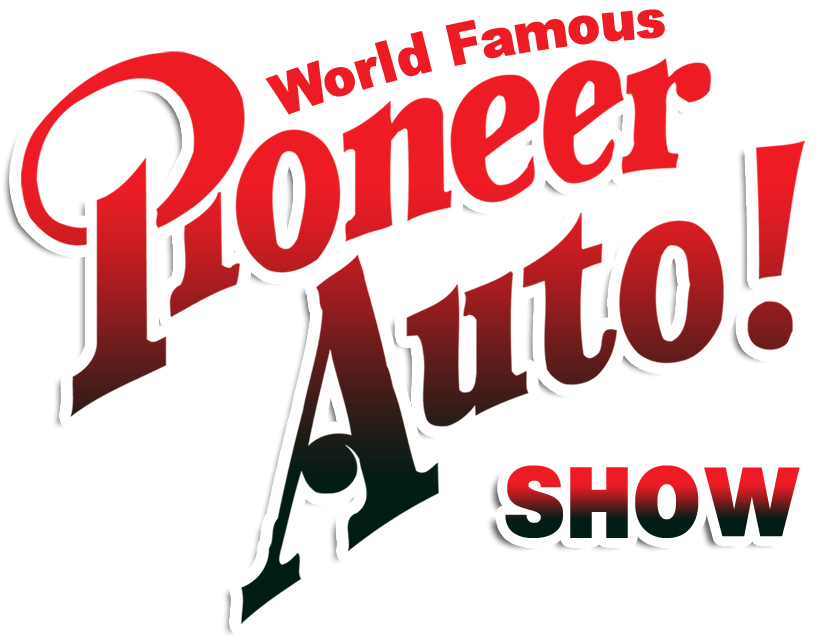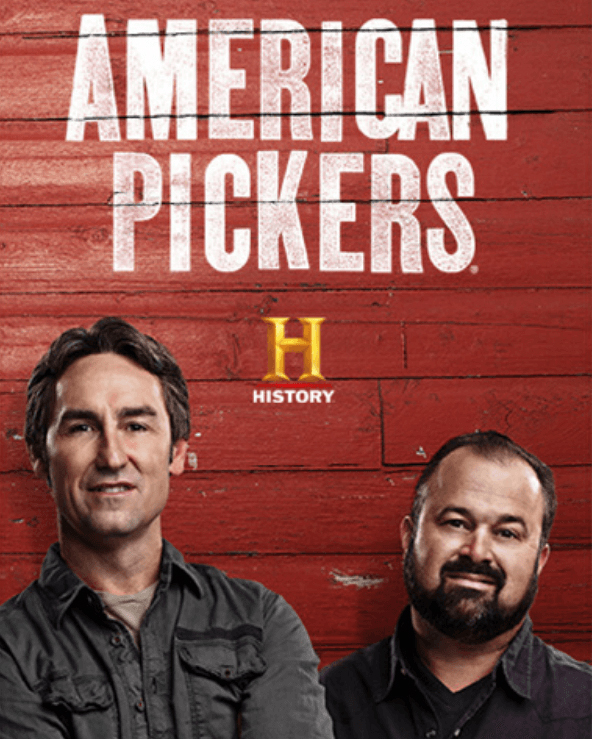– By #Pioneer Auto Show
From the 1920s to the 1960s, neon signs were atop every major business and graced all of the Main Streets throughout America. They became a symbol of the era and were a staple of the American economy. By 1940, nearly 2,000 small businesses had neon signs displayed proudly, advertising their business. While they are not as popular these days, vintage neon signs are admired by many and those few businesses that still have them take good care to ensure they stay up to snuff. Here is a short history of neon signs and how they became popular.
Vintage neon signs came about based on the earlier Geissler tube, an electrified glass tube that contained a “rarefied” gas invented in 1855 and named after Heinrich Geissler, a German glassblower and physicist. The glow from the neon signs comes from a voltage being applied to electrodes being inserted through the glass. These tubes were popular in the late 1800s and grew into the neon signs that we know and love today. Neon was discovered in 1898, giving a whole new look to Geissler tubes. After 1902, the French company Air Liquide from Georges Claude began producing industrial quantities of neon. Claude revealed the first neon sign at the Paris Motor Show from December 3-18, 1910.
By 1913, the night sky in Paris was lit up by a brand new neon sign for Cinzano and by 1919 the Paris Opera was also adorned with neon signs. Paris continued to be lit up at night by neon signs thanks to Claude’s discovery. In 1923, he took his discovery and his new company, Claude Neon, to the United States and sold two vintage neon signs to a Packard car dealership in Los Angeles. Later, Earle C. Anthony purchased the two Packard vintage neon signs for $1,250 each. After the introduction of neon to America, neon signs began adorning Main Street America across the country. The neon was so prominent even in daylight, people would often stop and stare at the first neon signs for hours, dubbing it “liquid fire.”
Through the 1960s-1980s, neon signs began to dim a little bit and weren’t quite as popular as before. Flourescent sign cabinets with translucent plastic faces became very popular as a low maintenance alternative, though in recent years, neon signs have become more and more popular. In 1981, the Museum of Neon Art in Los Angeles became the first museum in the world to specialize in works of neon art.
The Pioneer Auto Museum is home to quite a few vintage neon signs that have served their time lighting up the night sky in Main Street America. Stop by and take a look at some of the vintage neon signs we’ve been able to acquire over the years. We’d love to hear what your favorites are and hear your stories of staring at the liquid fire in the sky.
Last Modified:




